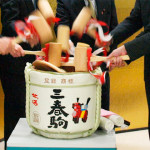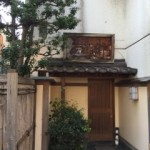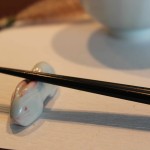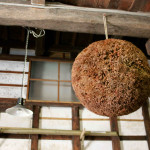Sake is used in ceremonial occasions such as weddings. When I attended a friend’s wedding recently, kagami-biraki, which can be literally translated as “opening the mirror” was performed. It is a ritual whereby the bride and gloom break the wooden lid of a sake barrel together. The lid of the barrel is referred to as mirror because of its round and flat shape. By opening the lid, it is believed to bring good luck and prosperity to the couple. It is said that the ceremony originates from the time when sake barrel was opened to offer sake to samurai soldiers before battles.
With all the attendees watching, the newly-wed couple broke the lid together with a wooden
Read More




